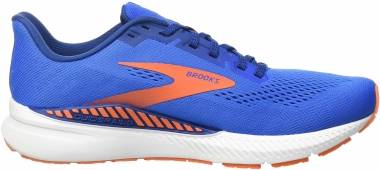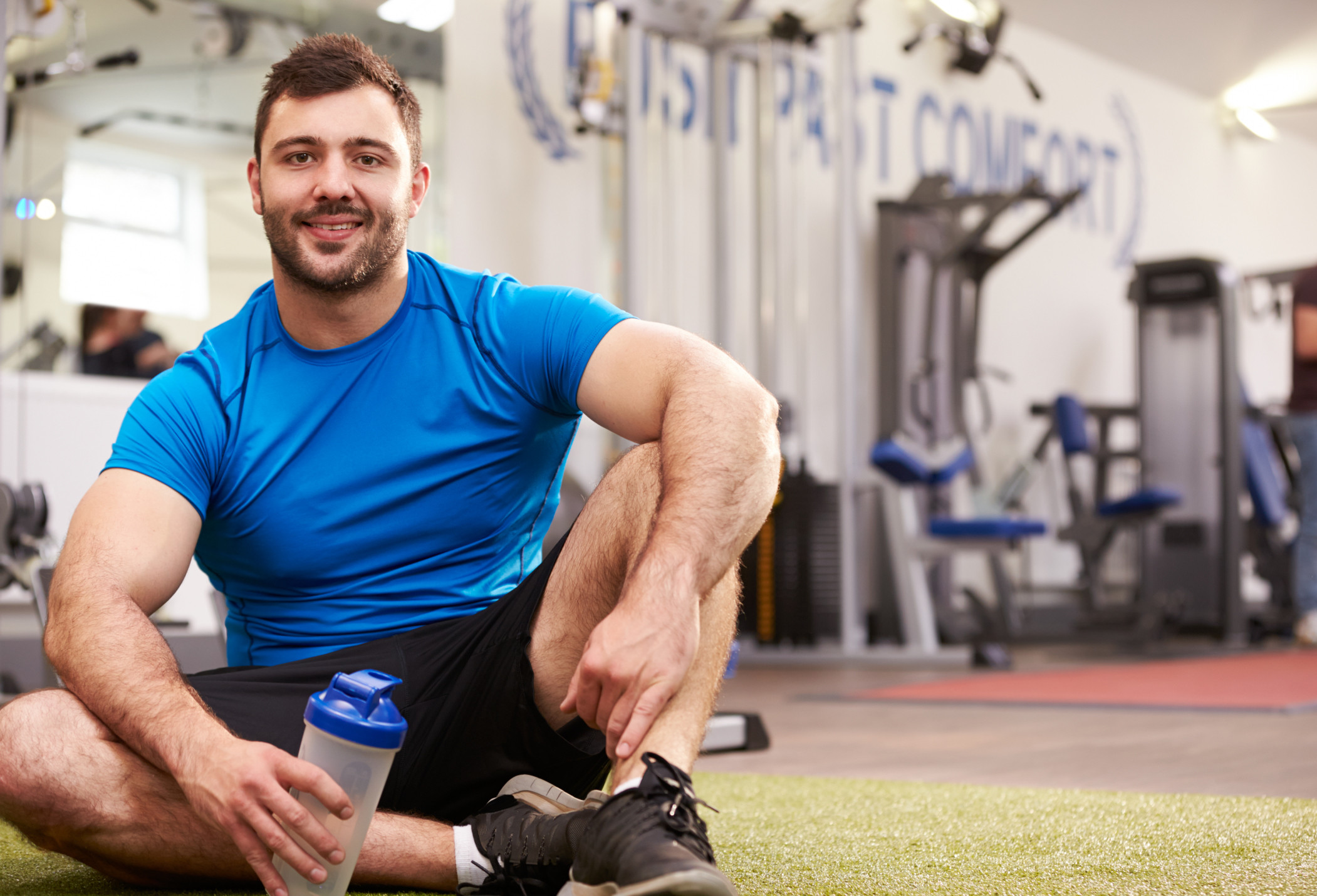
A great way to gain muscle mass and burn fat is to do leg workouts using bodyweight. These workouts are quick to execute at home and can serve as a temporary exercise for when you're not able or available. Continue reading to learn how you can do a home leg workout. You can also try resistance bands for resistance. These bands should be placed six inches above your ankle joint, around your calf/shin area.
The bodyweight leg exercises are a great way to get you back into the gym.
Bodyweight leg workouts are an excellent way to build muscle and burn fat without having to spend time at the gym. Legs are the largest and most active muscle group in the body. They also burn more calories than any other muscle. They can also help you to increase your metabolic rate for hours. This makes them an excellent stopgap option until you can return to the gym. Bodyweight leg workouts target the glutes, quads, and hip stabilizers.

They burn fat and build muscle
At-home leg workouts are what you need. You can combine multiple fat-burning exercises if you have limited time. Strength workouts, like leg presses, should be done a couple of times a week to ensure results. To find the best weight and maintain good form, use "RM", which is repetition maximum. Before you begin, perform a 5-minute dynamic warm-up or a good light cardio session. Next, perform two sets of 30 second rest between each set.
They are fast
A weightlifter's leg workout is a major part of their routine. There are many at-home exercises that will get your legs moving. While you can use a bench or weights for the most basic leg workouts, it is possible to also use dumbbells and a resistance band with medium tension. You should complete as many sets as possible in as little time as possible.
They work.
At-home exercises for leg strength should target the strongest parts of lower body muscles to help build lean, strong legs. Select exercises that target the glutes and hips, and utilize high-volume, tempo-based movements. Use specialized techniques to intensify your workouts, such as a timer with less rest between rounds. This routine will allow you to target every muscle group of the legs, while making your workouts safe and intense.

They're fun!
Leg exercises are one of the most underrated forms of exercise. But they can be very beneficial in improving your health and burning calories. You can perform the same exercise at-home even if your gym is closed. It's easy to make your workout much more enjoyable with some minor modifications. You can find more ideas by reading the following. It's possible you don't even realize that your legs are being worked! Below are some effective home leg exercises.
FAQ
Is it possible to be too thin?
Yes! Both eating disorders and underweight are unhealthy. It is not normal to be less than your ideal weight. It is possible to feel tired, weak or dizzy and may experience other signs that you are underweight.
Why is it important that you get enough sleep?
To maintain a healthy lifestyle, it is important to get enough sleep. Your body can heal itself and recover from daily stressors by sleeping. A good night's sleep is essential for optimal functioning throughout the day.
Is it necessary to eat before exercising?
No. You don't have to eat before you start working out. But if you're feeling hungry after exercising, you may be tempted to snack on light foods like yogurt or fruit.
How can I get started in fitness?
Start small. Take 10 minutes each day to walk around your block. This will show you how to move and give your muscles the time to adjust. Once you are comfortable with this form of exercise and have gained some experience, you can start adding steps to your daily workout routine.
Do I need to warm up before exercising?
Warming up before you start an activity will reduce muscle soreness. There are many methods you can use to warm up, including running, jumping rope and stretching. Start slow and slowly increase your pace.
What are resistance training exercises?
Resistance training involves using weights or other objects to perform specific movements. Lifting weights, for example, can help strengthen your arms and shoulders, chest, backs, legs, core, and core. Resistance training promotes strength, muscle mass, and bone density.
Statistics
- In 2018, the World Health Assembly agreed on a global target to reduce physical inactivity by 15% by 2030 and align with the Sustainable Development Goals. (who.int)
- In high-income countries, 26% of men and 35% of women were insufficiently physically active, as compared to 12% of men and 24% of women in low-income countries. (who.int)
- According to the Centers for Disease Control and Prevention, chronic diseases cause 7 out of 10 deaths in the U.S., and treating chronic diseases accounts for 86% of U.S. healthcare costs. (mana.md)
- An estimated 110,000 deaths per year could be prevented (cdc.gov)
External Links
How To
How to Stay Fit at 40
This article is for those who want their body to be strong and healthy even after they turn 40. This article will provide basic advice on eating right, exercising, sleeping well, and taking care of your mental health. This article provides tips to help you live longer and be healthier.
-
Healthy eating habits are key to staying fit. You should try to avoid processed food products and opt for whole grains, fruits, vegetables, lean meats, fish, nuts, seeds, and beans. Do not eat what you don’t like. You can add another food to your daily diet. Do not starve yourself, this will not help with weight loss. Instead, try adding small amounts to your daily meals. You might try turkey if you don't eat chicken breast often. Or if you love pasta, try rice occasionally. You can make these foods a regular part of your daily diet.
-
Exercise - When exercising, make sure you work out at least three times a week. You should include cardio activities such running, swimming or biking. Get enough sleep. Sleeping for 8 hours per night is recommended. You should also ensure you get enough water throughout the day. You should aim to consume 2 liters (0.5 Gallons) of water per day.
-
Get enough sleep to stay healthy. The National Sleep Foundation estimates that adults need to get 7-8 hours sleep each night to achieve optimal physical and psychological health. Most people get less than 6 hours sleep each night. Changes in your sleeping habits can make you more tired. You can catch more sleep by changing your sleeping schedule so that you go to bed earlier or wake up later. Additionally, try turning off your phone before going to bed so that you can wind down and relax. Avoid caffeine after noon because it can cause insomnia.
-
Take Care of Your Mental Health. Taking care of yourself is key to maintaining a healthy body. Stress can lead people to have poor eating habits or make poor lifestyle choices. You should practice stress management techniques, such as yoga, meditation, breathing exercises, or relaxation. You should spend at least one hour each day doing something that you find enjoyable. This could be taking a stroll outside, reading a book or listening to music.
The above four points will ensure that you live longer and healthier. These simple steps will allow you to reach your fitness goals.